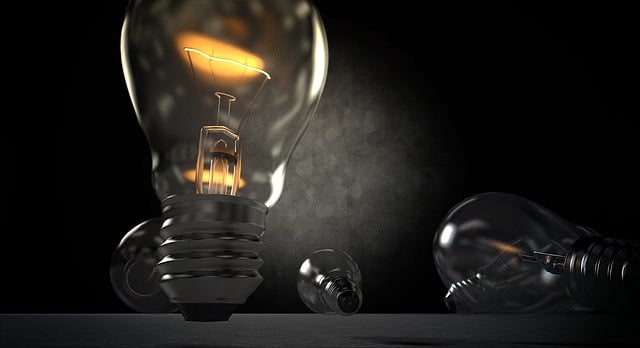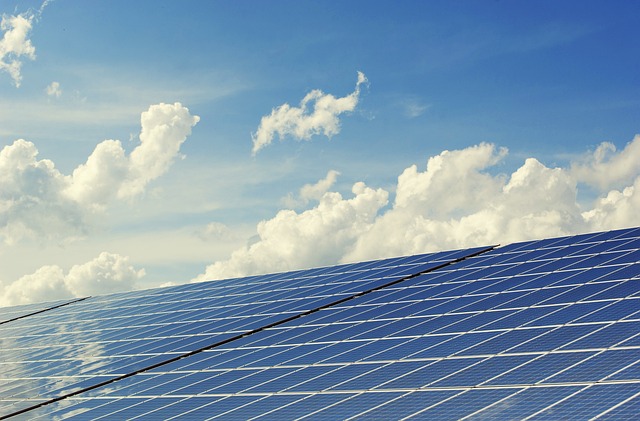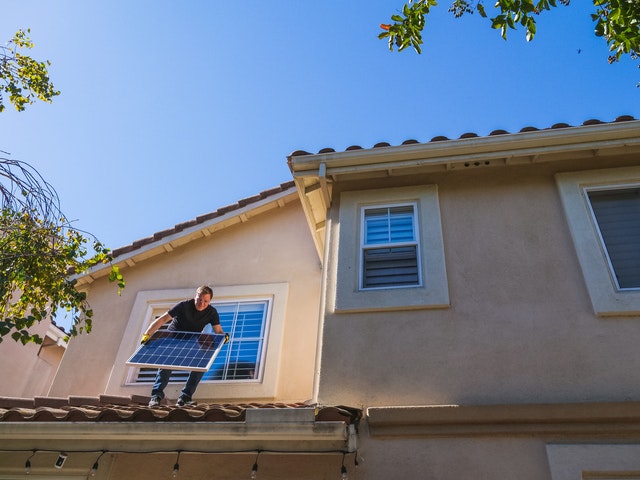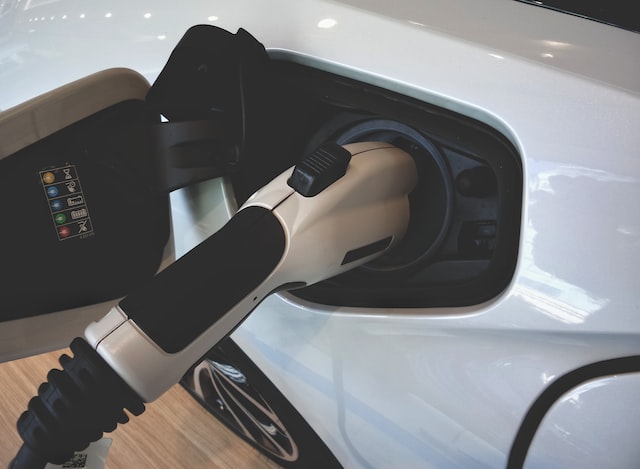
Key Takeaways
- Understanding the dynamics of daytime energy rates
- Strategies for reducing energy costs during peak hours
- Advancements in technology aiding in energy conservation
- Role of renewable energy sources in cost savings
Controlling household expenses is a priority for most, and a significant yet often overlooked part of the budget is energy consumption during daytime hours. While nocturnal electricity use generally sees lower demand and subsequently lower rates, its daytime usage, with air conditioners whirring, appliances running, and electronic devices charging, tends to drive up utility bills. Increasing awareness of energy offerings by providers such as Rhythm can be beneficial, even though we are focusing on something other than brand promotion. Daytime energy rates are primarily a response to peak demand periods. Understanding these rates can empower consumers to make intelligent choices, leading to considerable cost savings and promoting an eco-friendly lifestyle.

Demystifying Daytime Energy Rates
Energy providers often structure their billing around the concept of supply and demand. When energy use soars during daylight hours, providers increase rates, a practice known as time-of-use pricing. This reflects the heightened cost of generating and distributing electricity when demand is high. These daytime rates are significant for consumers to understand because they affect anyone with an electricity bill—whether you’re a homeowner, a renter, or a business operator. Unraveling the complexities of these daytime charges can lead to more intelligent energy use and, by extension, more manageable electricity bills.
Peak Hours: Identifying Costly Periods
Peak hours generally fall between the late morning and the early evening, when temperatures are often at their highest and commercial activity peaks. However, these hours can vary by location and season. Identifying these periods is vital for anyone looking to shave dollars off their energy bills. By knowing when these high-rate hours occur, consumers can shift their usage patterns, running energy-intensive appliances at night or early in the morning when demand is lower and rates are cheaper.

Practical Strategies to Curtail Daytime Energy Expenditure
The battle against high energy bills is not without its weapons. Consumers can adopt various strategies to curb daytime energy use. These include postponing washers, dryers, and dishwashers. Other tactics involve unplugging gadgets when they’re not in use or using natural light instead of artificial lighting. These small but effective habits can lead to sizeable long-term savings and positively impact one’s carbon footprint.
The Influence of Smart Home Technology
The rise of smart home technology offers many opportunities to mitigate high daytime energy rates. Devices like smart thermostats can adjust the temperature within your home based on your coming and going, ensuring that you’re not cooling an empty house. Similarly, smart plugs can turn devices off or on according to your pre-set schedule, and bright light bulbs can dim during peak hours. These intelligent solutions not only provide convenience but also foster substantial fiscal efficiency.
Time-of-Use Plans: Aligning with Your Energy Goals
Many utility companies offer varying rates based on the time of day the energy is consumed—a plan structure known as time-of-use (TOU). By electing a TOU plan, individuals and businesses can plan their high-power-consuming activities to align with lower-rate periods, lowering their energy expenditures. However, this requires a meticulous look at one’s energy habits and occasional lifestyle adjustments to ensure these plans are economically advantageous.

Role of Renewable Energy in Daytime Pricing
The advent of affordable renewable energy solutions, such as residential solar panels, presents a formidable offset to high daytime energy costs. Users can bypass the grid during expensive peak times by generating electricity. In some regions, excess power can be sold back to the grid, turning a home into a miniature power plant. This reduces your energy bill and contributes renewable energy to the community, reflecting positively on the environment.
Resources to Help Navigate Daytime Energy Rates
Fortunately, numerous resources are available at one’s fingertips for those looking to understand and manage their daytime energy consumption better. Information is power, and websites like the U.S. Department of Energy provide practical tips for energy conservation and offer an in-depth look at how energy can be used more efficiently in our homes. Additionally, analysis and data from the U.S. Energy Information Administration give a thorough breakdown of national energy trends, helping viewers understand the ebb and flow of energy consumption throughout the day. By leveraging these resources, anyone can become more adept at mitigating the costs associated with daytime energy rates.



